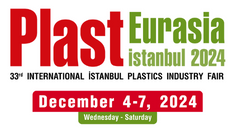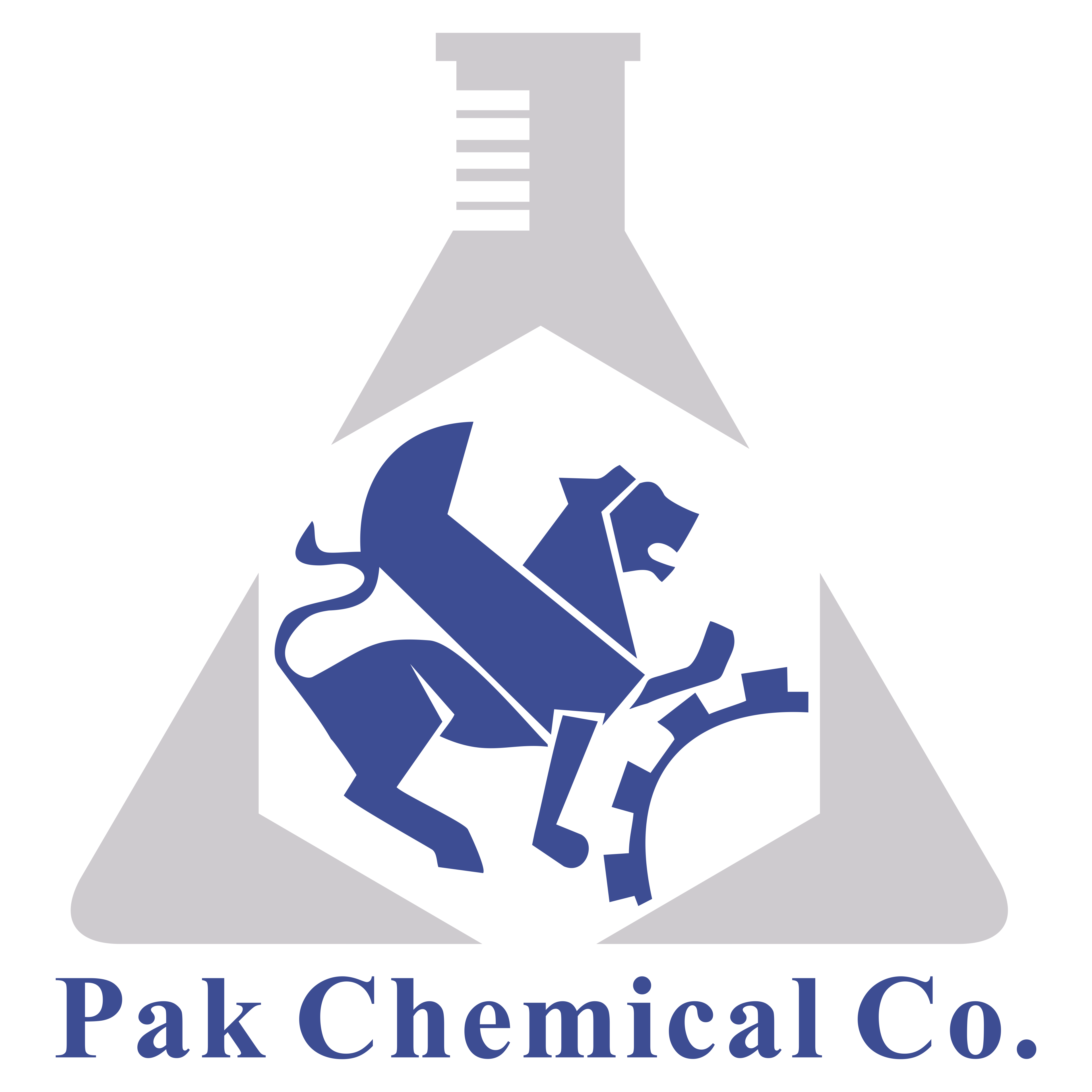| Company Name | Contact Info | Location | ||||||||||||
|---|---|---|---|---|---|---|---|---|---|---|---|---|---|---|
|
PAK CHEMICAL (PISHROCHEM) CO., LTD.
Mobarake Industrial Zone, Isfahan / / / IRAN, ISLAMIC REPUBLIC OF
|
Contact Info: +98 912 043 2134
|
Hall: 2
Stand: 217
|
||||||||||||
| Product Groups | ||||||||||||||
|
||||||||||||||
- Company Info
- Products
- Represented Companies
- Company Brands
Pak and Pishro Chemical Company is one of the leading producers of stearates, PVC stabilizers, and polymer additives in Iran. Our goal is to provide high-quality products at the most competitive prices. To achieve this, we utilize the latest technology, have an active R&D department, and employ talented graduates from top universities. Our extensive factory, located in Isfahan, boasts several international certifications, including ISO 90012008 from AJA, as well as Food Grade, MSDS, and HACCP certifications from Alliance Canada.

Stearic acid is a saturated fatty acid found in various sources, including vegetable and animal fats and oils. Its grade is determined by the concentration of stearic and palmitic acids, and it s primarily derived from palm oil sourced from countries like Malaysia, Indonesia, and the Philippines. The production process involves deodorization, separation, concentration, and hydrogenation, which determine its purity and quality. Stearic acid has diverse applications, including: Rubber Industry: Used as a lubricant, softener, and stabilizer in the production of rubber products. Lubricants and Coatings: Serves as a raw material for lubricants, anti-foaming agents, mold separators, and softeners. Cosmetics: Employed in health cosmetics and metal stearates. Candle Production: An essential component in the production of candles. Polymer Additive: Utilized as an additive in popular polymers like PVC, PP, and PE to enhance their properties.

ESBO (Epoxidized Soybean Oil) Derived from soybean oil, ESBO is an eco-friendly plasticizer produced via epoxidation. It s a preferred alternative to traditional phthalate-based plasticizers due to its non-toxic nature and benefits to health and environment. Advantages: Non-toxic & environmentally friendly High compatibility with polymers Excellent thermal and UV stability Enhances flexibility and mechanical strength Applications: Plastic Industry: Boosts PVC products flexibility and durability (e.g., films, cables). Food Packaging: Food-safe plasticizer ensuring quality storage. Adhesives & Coatings: Increases bonding strength and heat resistance. Paints: Enhances film formation, adhesion, and longevity.

Plasticizers enhance polymer flexibility, with minimal migration from the material, ensuring stability and durability. While phthalate-based plasticizers were previously popular, their environmental concerns have led to a shift towards eco-friendly, bio-based alternatives. Advantages: Stable viscosity with no time-related changes. Reduced volatility, minimizing plasticizer loss during processing. Superior compatibility with polymers. Enhanced resistance and durability due to limited migration. Environmentally friendly. Applications: Soft PVC: Used in synthetic leather, toys, cables, and food packaging. Medical: Ideal for non-toxic equipment like IV bags and tubing. Construction: Enhances flexibility in flooring and wall coverings. Automotive: Provides resilience in car interiors. Consumer Goods: Infused in items like shower curtains and inflatables. Hard PVC: Boosts strength in pipes and fittings. Coatings & Adhesives: Improves paint and glue flexibility. Rubber: Enhances rubber product longevity.

Polyethylene wax, comprised of long-chain hydrocarbons, is a versatile additive available in forms like flakes or powders. Primarily serving as a lubricant, it eases plastic material processing by reducing intermolecular friction. This enhances flow and cuts molding energy. Its compatibility with numerous polymers finds its use across industries, including plastics, coatings, inks, and adhesives. Advantages: Acts as an effective lubricant, reducing friction between molecular chains. Enhances processing and shaping of materials. Improves flow properties and lowers energy in molding processes. Highly compatible with numerous polymers. Key Applications: Plastics: Modifies properties and aids in processing. Coatings: Boosts scratch resistance, gloss, and water repellency. Printing Inks: Enhances printability and gloss. Rubber: Aids in processing and mold release. Adhesives: Increases tack and flexibility. Paper: Improves water resistance and printability. Personal Care: Used as an emollient and binder in cosmetics. Candles: Enhances burn performance. Textiles: Lubricates and improves fiber processing.

A versatile stabilizer primarily used for enhancing the properties and longevity of PVC-based materials, ensuring they remain clear, UV-resistant, and safe across varied applications. Efficient and often preferred over many alternatives. Advantages: Thermal Stability: Offers prolonged heat stability for PVC products. Transparency: Doesn t cloud or discolor transparent PVC items. Non-toxicity: Often considered safer than some alternative stabilizers. UV Resistance: Provides enhanced UV stability, preventing product degradation. Efficiency: A little goes a long way due to its high efficiency. Applications: PVC Products: Used in the manufacturing of PVC pipes, sheets, films, and other related products. Medical Devices: Safe for use in the production of medical-grade PVC items. Food Packaging: Non-toxic nature makes it suitable for food contact materials. Window Profiles: Ensures clear and UV-resistant window profiles. Wire and Cables: Offers heat stability for PVC insulated cables and wires.

PVC stabilizers are used to enhance the thermal and irradiation stability of polyvinyl chloride (PVC) polymers during their processing and usage. Naturally, PVC starts to degrade when exposed to heat and light, leading to color changes, loss of strength, and even disintegration of the material. PVC stabilizers help to prevent or slow down this degradation. Features of PVC Stabilizers: Enhance the thermal stability of PVC. Prolong the lifespan of PVC products. Preserve the color and mechanical properties of PVC. Often chosen from non-toxic and environmentally-friendly alternatives. Advantages of PVC Stabilizers: Provide long-term heat resistance. Allow PVC products to exhibit better flow characteristics during processing. Reduce the risk of degradation and color changes. Typically protect PVC from damage from UV rays. Applications of PVC Stabilizers: In the production of PVC pipes, profiles, films, and sheets. Electrical cables and insulation materials. In toys, shoe soles, and other consumer products where PVC is used. In the construction sector, especially for window profiles and claddings. Medical devices and equipment. For PVC components in the automotive sector.

PVC (Polyvinyl Chloride) is a versatile thermoplastic material used in a wide range of applications due to its high durability, low cost, and adaptability. PVC granules, also known as PVC pellets or PVC compound, are the processed form of raw PVC resin. They are small, free-flowing spheres that are used as the primary raw material in various manufacturing processes. Advantages: Versatility: Can be formulated with various additives to produce flexible or rigid products. Durability: Highly resistant to abrasion, corrosion, and chemical exposure. Economical: Often cheaper than other plastic materials. Flame Resistance: PVC is inherently flame resistant due to its chlorine content. Recyclability: PVC granules can be recycled, reducing environmental impact. Applications: Pipes and Fittings: Widely used in sewage, drainage, and potable water systems. Cables and Wires: PVC provides insulation and sheathing. Flooring: Used in both residential and commercial spaces for its durability. Window and Door Profiles: Offers good insulation properties. Medical Devices: Utilized in blood bags, tubing, and other equipment. Consumer Goods: Used in toys, footwear, and other everyday items. Automotive Components: In dashboard interiors, wire coatings, etc. Roofing: For membranes and other roofing materials.

Compound refers to a blend of polymers with additives to enhance certain properties or characteristics of the original polymer. Here s a brief explanation of the common compounds you ve mentioned: PVC (Polyvinyl Chloride) Compound: Description: A versatile thermoplastic known for its durability, flexibility, and affordability. Typical Additives: Stabilizers, plasticizers, fillers, pigments, flame retardants. Uses: Pipes, window frames, electrical cable insulation, inflatable structures, flooring, toys, etc. PP (Polypropylene) Compound: Description: A lightweight, heat-resistant thermoplastic with good chemical resistance and high clarity. Typical Additives: UV stabilizers, nucleating agents, antioxidants, clarifying agents, colorants. Uses: Automotive parts, textiles, consumer goods, packaging materials, containers, etc. PE (Polyethylene) Compound: Description: A popular thermoplastic known for its chemical stability, electrical insulation properties, and low cost. Typical Additives: UV stabilizers, antioxidants, fillers, colorants. Uses: Plastic bags, bottles, toys, containers, pipes, films, geomembranes, etc. ABS (Acrylonitrile Butadiene Styrene) Compound: Description: A tough and rigid thermoplastic known for its excellent impact strength, heat resistance, and toughness. Typical Additives: UV stabilizers, flame retardants, impact modifiers, pigments. Uses: Automotive components, toys (e.g., LEGO bricks), household goods, electronics casings, protective headgear, etc.

Metal stearates are salts of stearic acid, which is a saturated fatty acid. These compounds typically appear as waxy, powders, or flakes. The metal cation can vary, with the most common metal stearates being calcium, magnesium, zinc, and aluminum. Advantages of Metal Stearates: Improve flow properties of powders. Enhance texture and consistency in various formulations. They act as neutralizers, thus preventing the degradation of the end product. Offer cost-effective solutions for various industrial processes. Applications: Plastics and Rubber Industry: Used as release agents, lubricants, and acid scavengers in the production of plastics and rubbers. They can stabilize and improve the processing characteristics of certain polymers. Pharmaceuticals: Used as tablet mold release agents. They can also be utilized as emulsifying agents. Cosmetics and Personal Care: Utilized as consistency regulators in cosmetic formulations. Used in soaps for their thickening and pearlizing effects. Paints and Coatings: Serve as dispersing agents, helping in the suspension of pigments. Contribute to water repellency and consistency in paint formulations. Food Production: Act as stabilizers and thickeners in some food products. Construction: Used in the production of cement, plasters, and certain kinds of building boards. Metal Production: They can act as mold release agents in certain metal processing applications.

DOA (Dioctyl Adipate) and DOTP (Dioctyl Terephthalate) are plasticizers used in the formulation of flexible polyvinyl chloride (PVC) products. They are esters used to produce soft, flexible, and pliable plastic materials. DOA (Dioctyl Adipate) Structure: DOA is an ester of 2-ethylhexanol and adipic acid. Properties: It is a light-colored, oily liquid with low viscosity. Advantages: Excellent low-temperature performance. Good heat stability. Imparts good flexibility at low temperatures. Applications: Used in cold-resistant PVC films, artificial leather, and plastic wrapping films. Ideal for freezer products, outdoor cables, and some children s toys. DOTP (Dioctyl Terephthalate) Structure: DOTP is an ester of 2-ethylhexanol and terephthalic acid. Properties: It is a clear, colorless liquid. Advantages: Phthalate-free and considered more environment-friendly. Low volatility and good compatibility with PVC. Excellent durability, transparency, and high thermal resistance. Applications: Commonly used in the creation of dashboards, door panels, and other automotive components. Suitable for cable sheaths, artificial leather, floor coverings, and more. A preferred choice for food contact materials due to its non-toxic nature.
No represented companies found.
The company has no registered brand information.


 TR
TR
